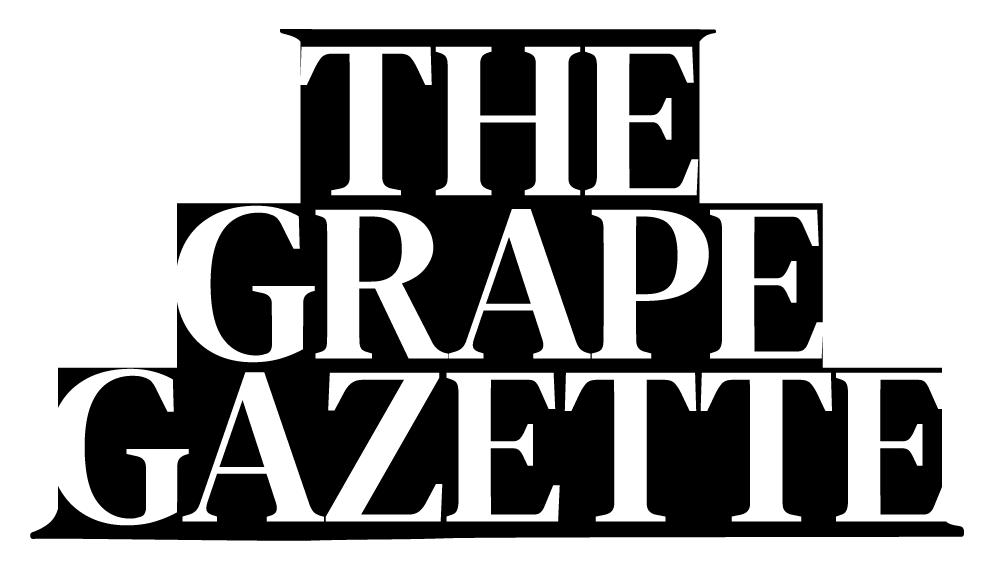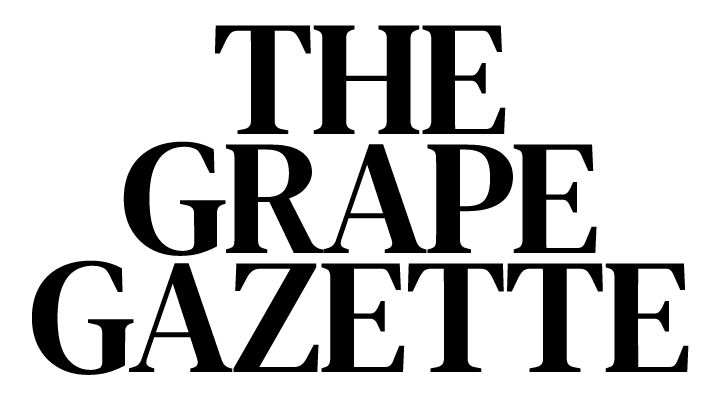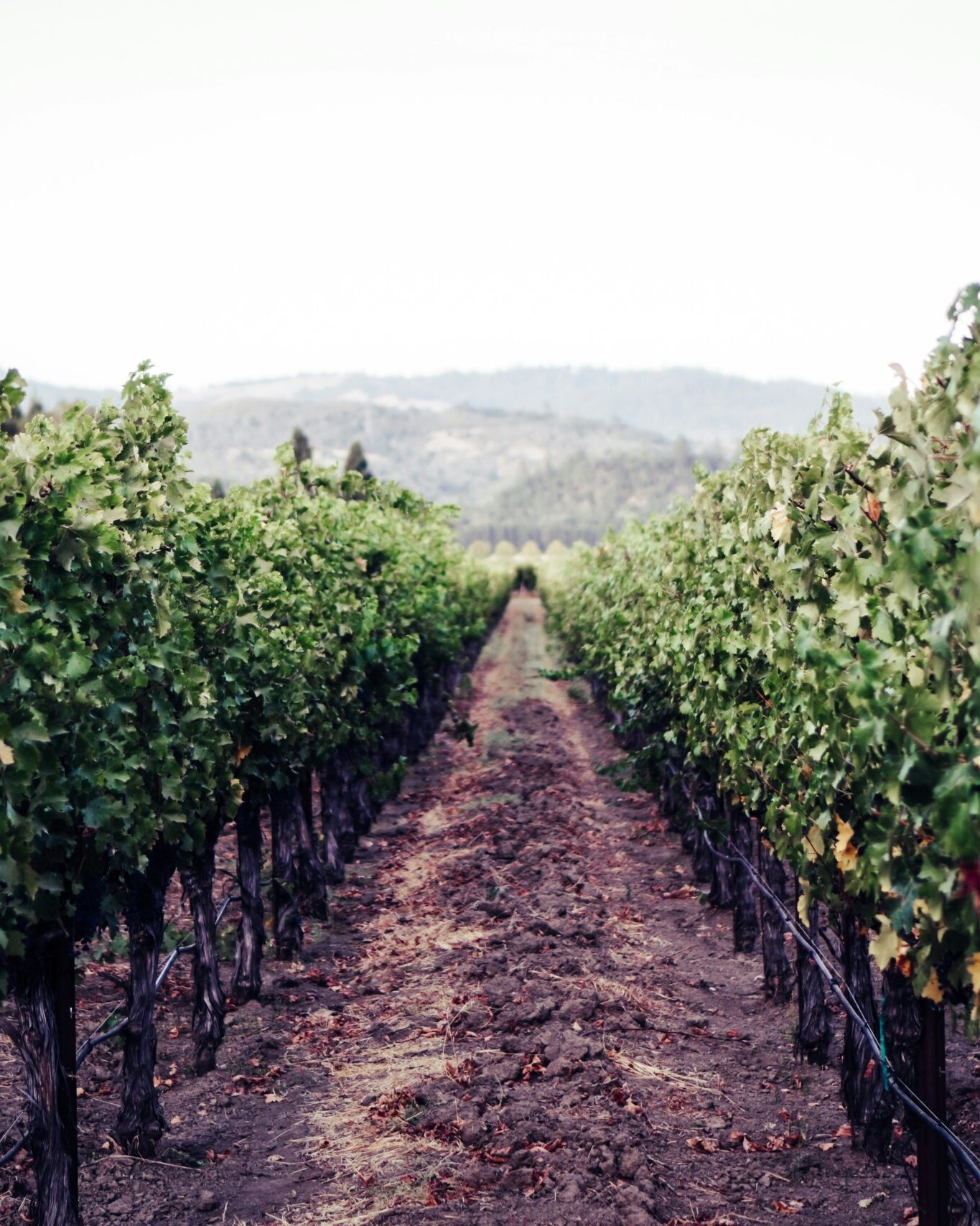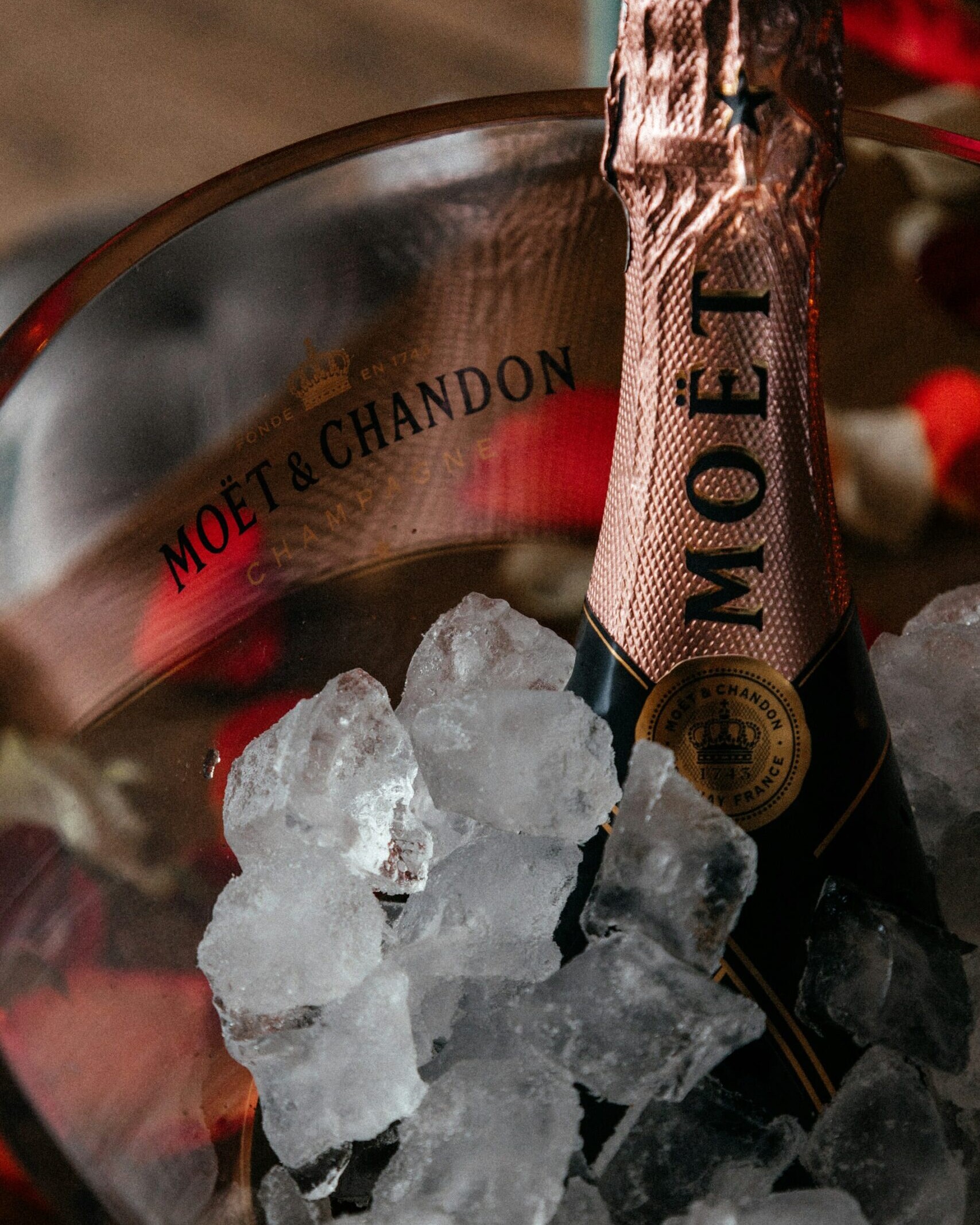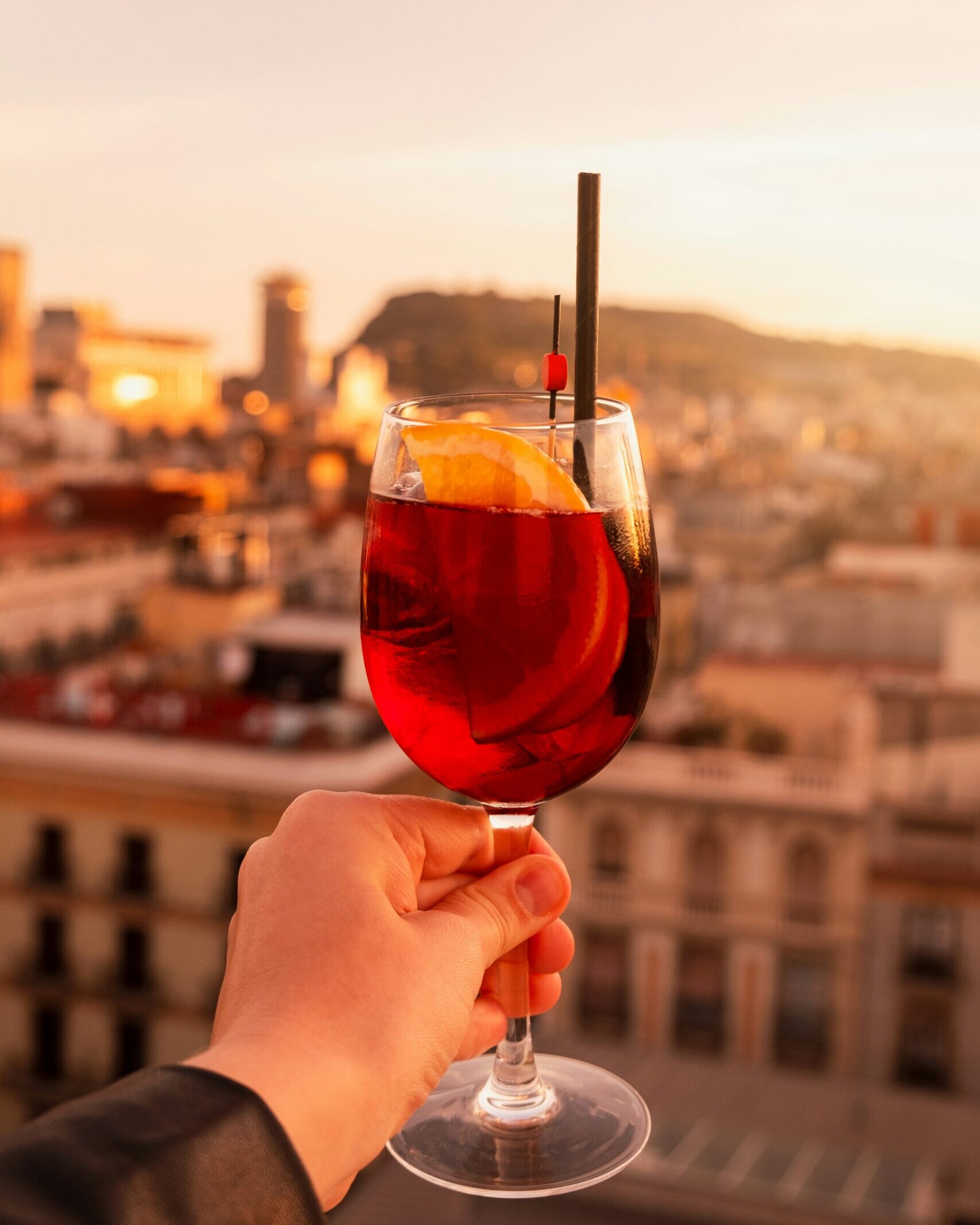When you think of a drink that stirs up strong opinions, Buckfast might not be the first that comes to mind—but it probably should be. Originating from Buckfast Abbey in Devon, England, this tonic wine has transcended its monastic roots to become a cultural phenomenon in parts of the UK and Ireland. It’s loved, loathed, debated, and even blamed for social problems. Yet, through all this, Buckfast—or “Buckie,” as it’s often called—has maintained a devoted following, cementing its status as a cultural icon.
A Brief History of Buckfast
Buckfast’s story begins in the 1890s when Benedictine monks at Buckfast Abbey began making this “medicinal” tonic wine. Back then, it was marketed as a health tonic, a remedy for whatever ailed you. The drink’s formula includes a unique blend of fortified wine and caffeine, which has evolved over the years into the product we know today: a sweet, syrupy drink with a whopping 15% alcohol content and about 281 mg of caffeine per bottle—more caffeine than you’ll find in several cans of cola combined!
This potent mix has led to its colourful reputation. In places like Scotland and Northern Ireland, it’s often seen as the unofficial drink of choice for certain youth subcultures. With its high alcohol content and caffeine kick, it’s not hard to see why it’s a favourite for those looking to get the party started—or keep it going.
The Controversy and Cult Following
Buckfast has developed a bit of a notorious reputation, especially in Scotland, where it has often been linked to anti-social behaviour. It’s been mentioned in police reports and crime statistics more often than any other alcoholic drink. The drink’s potent mix of alcohol and caffeine is believed by some to contribute to aggressive behaviour, earning it nicknames like “commotion lotion” and “wreck the hoose juice.” [in your best Scottish accent]
But the controversy hasn’t hurt its popularity. If anything, it’s added to its mystique. Buckfast has a loyal fan base who see it as more than just a drink—it’s a statement, a symbol of a certain kind of irreverent, rebellious spirit. In parts of Scotland and Northern Ireland, Buckfast is as much a cultural artefact as it is a beverage.
It’s even found its way into music, art, and comedy. From Scottish rap lyrics to TV shows like “Still Game,” Buckfast is often portrayed as a staple of working-class life, a shorthand for a good time that might get a little out of hand. There’s Buckfast merchandise, Buckfast memes, and even Buckfast-themed events. The drink has truly transcended its humble origins to become a pop culture icon.
Buckfast in Popular Culture and Media
What’s fascinating about Buckfast is how it’s been embraced in popular culture. It’s not just a drink; it’s a muse. Musicians, comedians, and artists have all found inspiration in Buckfast’s unique place in society. In music, it’s referenced by everyone from The Proclaimers to up-and-coming hip-hop artists in Glasgow. In comedy, it’s a running joke, a familiar punchline that resonates because of its notorious status.
In Northern Ireland, the drink is almost woven into the fabric of youth culture. It’s a drink that’s passed down through generations, often with a knowing smile and a story or two of wild nights out. Even as it’s blamed for bad behaviour, Buckfast continues to hold a certain charm, a reminder of late nights, laughs, and perhaps a few regrets.
The Monks and the Mystery
What makes the Buckfast story even more intriguing is the monks themselves. The Benedictine monks of Buckfast Abbey, who still produce the drink, have always maintained a low profile about its popularity. They’re not exactly out there promoting it as the drink of choice for a wild night out. On the contrary, they’ve tried to distance themselves from its more infamous associations, pointing to its original purpose as a tonic wine.
There’s a certain irony in this: a drink made by monks becoming the go-to for a party crowd. But maybe that’s part of the appeal. There’s a hint of the forbidden about Buckfast, a sense that you’re drinking something you maybe shouldn’t be, or at least, that you’re joining in on a long-standing, somewhat tongue-in-cheek cultural joke.
Recipe
The Scottish Sangria
Given Buckfast’s unique flavour profile—somewhere between a sweet red wine and a caffeinated energy drink—it’s not surprising that people have started to experiment with it in cocktails. One of the more popular concoctions is a twist on the classic sangria, swapping out traditional red wine for Buckfast and adding some uniquely Scottish ingredients.
Ingredients:
- 500ml Buckfast
- 250ml vodka
- 1 bottle of Irn-Bru WKD (or another orange-flavoured alcopop)
- 1 orange, sliced
- 1 lemon, sliced
- 1 lime, sliced
- A handful of fresh berries (strawberries, raspberries, or blueberries)
- Ice
Instructions:
- In a large jug or pitcher, combine the Buckfast and vodka.
- Add the slices of orange, lemon, and lime, along with the fresh berries.
- Pour in the Irn-Bru WKD and stir gently to combine.
- Fill the jug with ice and give it another gentle stir.
- Serve in glasses filled with ice and enjoy responsibly!
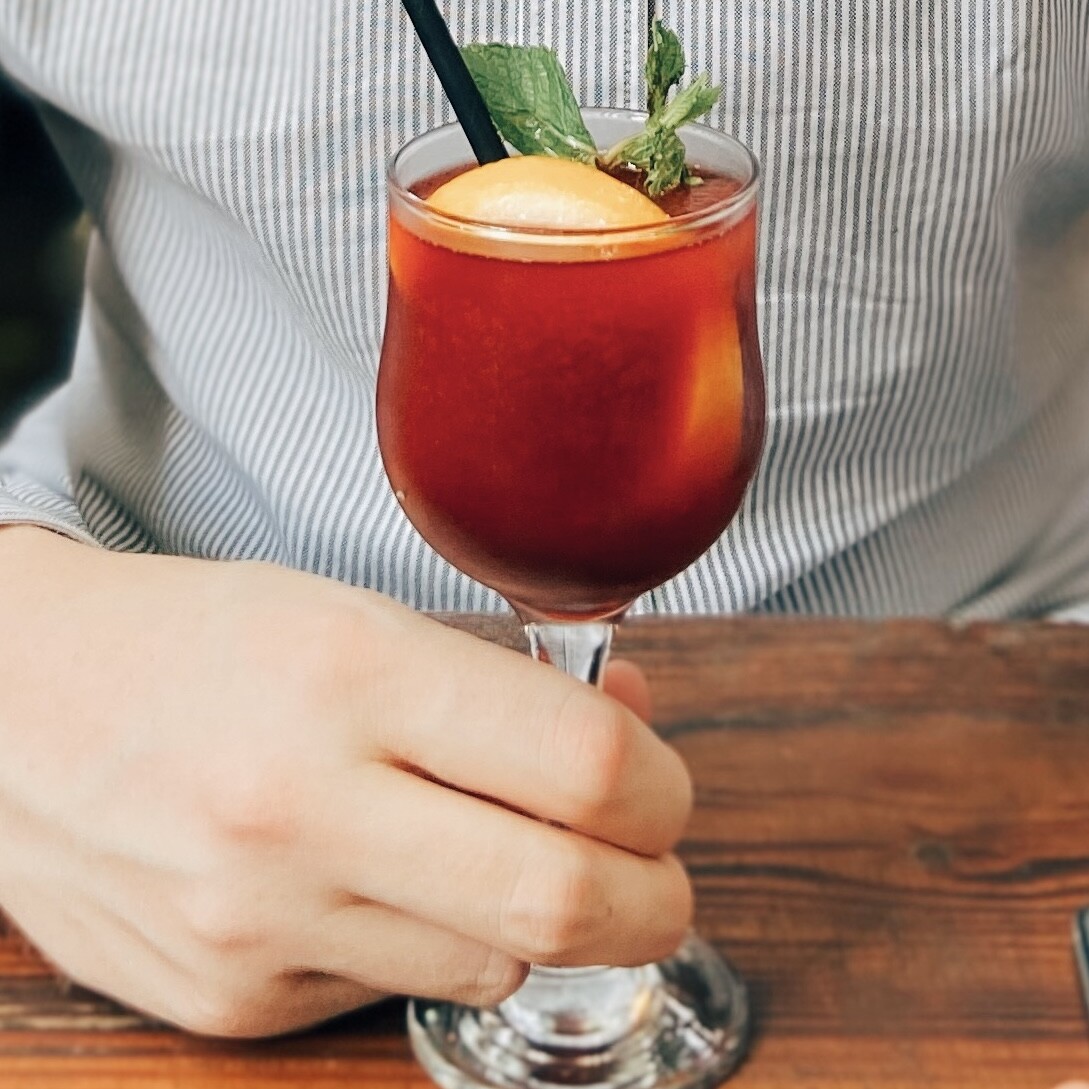
This Scottish Sangria is a playful take on a classic, with the caffeine kick of Buckfast and the unique flavour of Irn-Bru WKD adding a new dimension. It’s the perfect drink for a party with friends, a night in with some good music, or just whenever you feel like embracing a bit of the Buckfast mystique.
So, whether you love it, hate it, or are just curious to try it, Buckfast is a drink that’s undeniably left its mark. From its humble beginnings in a Devon monastery to its role as a cultural icon in Scotland and beyond, it’s a beverage that’s more than just a tonic wine—it’s a piece of history, a talking point, and, for many, a way of life. Cheers!
